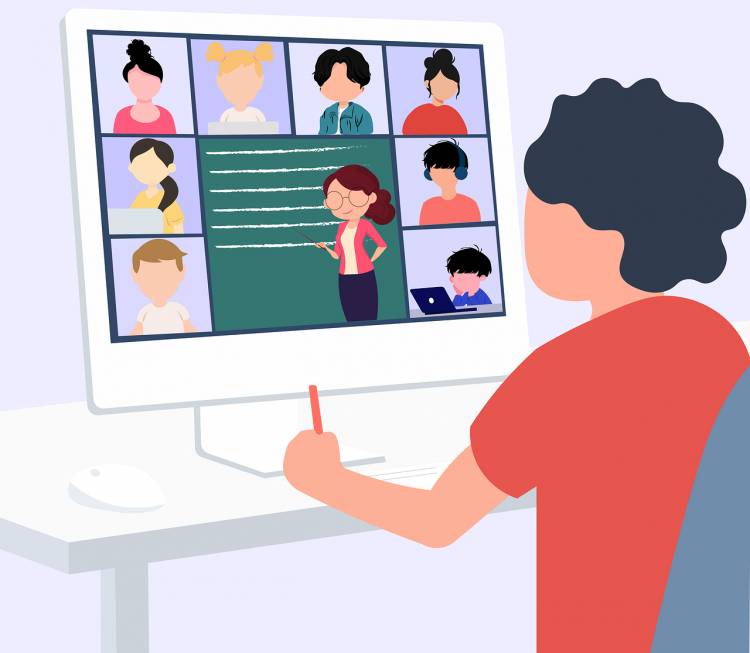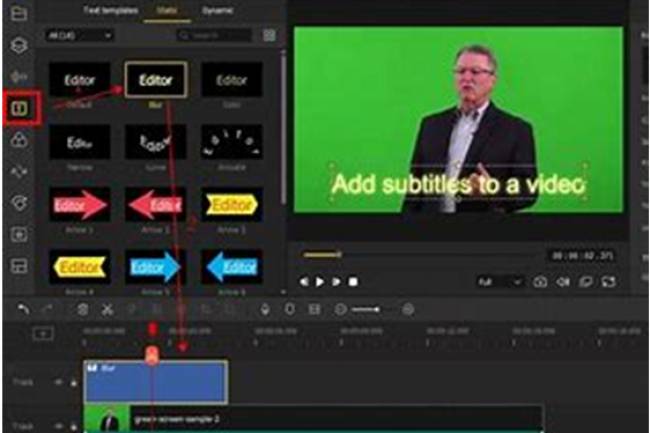
How Does Active Learning Help Students?
Active learning means when the student's activity is productive, creative, and exploratory. It includes didactic games, analysis of specific situations, problem-solving, algorithm learning, brainstorming, out-of-context operations with concepts, etc. Generally, it ceases to be reproductive in nature and turns into an arbitrary, internally determined activity of students to develop and transform their own experience and competence.
When using active teaching methods, the role of the student changes. And suddenly, they become active participants in the educational process. Home tuition in active learning makes it possible to form an active personality with all the necessary skills and qualities.
Active learning is an effective way to conduct the process of teaching and upbringing, which is aimed at the all-around activation of the educational and cognitive activity of students through a wide, preferably integrated, use of both pedagogical and organizational and managerial means. The activation of training can go through the methods of training and the improvement of the organization and management of the educational process.
It seems - active learning is an effective approach to train the students. Let’s find out - how it helps the students by determining its various benefits.
Active Learning Methods and Techniques
In the learning process, the teacher can choose either one active method or use a combination of several. But success depends on the consistency and ratio of the chosen methods and tasks. Let's take a look at the most common active learning methods:
-
Presentations: These are the simplest and most accessible methods to use in the classroom. This is a demonstration of slides prepared by the students themselves on the topic.
-
Case Technologies: These have been used in pedagogy since the last century. It's based on the analysis of simulated or real situations and the search for a solution. Moreover, there are two approaches to creating cases.
-
Problem Lecture: Unlike the traditional ones, the transfer of knowledge during a problem lecture is not passive. It means that the teacher doesn't present ready-made statements, but only raises questions and identifies a problem. The rules are drawn by the students themselves. This method is quite complex and requires students to have some experience of logical reasoning.
-
Didactic Games: Unlike business games, didactic games are strictly regulated and don't imply the development of a logical chain to solve a problem. Play methods can also be attributed to interactive teaching methods. It all depends on the choice of the game. So, popular travel games, performances, and quizzes are techniques to interact the students with each other.
-
Basket Method: It's based on simulating a situation. For example, the student should act as a guide and take a tour of a history museum. Moreover, the task is to collect and convey information about each exhibit.
How Active Learning is an Effective Approach for Students?
Active learning includes various methods, techniques, tools for developing, conducting and improving the learning process. So, it meets the requirements such as priority of characteristics, requests, characteristics of students in the development and structure of the learning process.
The tutors will plan and implement all stages of the learning process from defining educational goals to assessing the degree of their achievement. Through training, students can also increase personal effectiveness such as a focus on results, stress resistance, conflict management, communication skills, and leadership. In training, more than 70 % of the time is devoted to games and their analysis, as well as consolidation of the most effective strategies of behaviour in typical situations.
Here are some benefits of active learning for students:
-
It includes the simple procedure and interactivity of participants that provides the ability to go beyond standard thinking.
-
It allows participants to get acquainted with the experience of other students, develop skills, making analysis, strategy and tactics development, and realism, which further immerse the participant in various processes.
-
It has the ability to study the problem situation comprehensively such as high involvement and motivation of the participants, teaches to work with information, and make decisions.
-
The student can move at a pace convenient for him with the ability to independently adjust the size of portions of the learned material. Additionally, it also provides a high degree of reinforcement and immediate feedback, plus a good structuring of the educational material.
Wrapping Up!
Thus, active learning aims at restructuring and improving the educational process. Through this approach, tutors create conditions for the formation and consolidation of new knowledge, skills and abilities.
They create the necessary conditions for the development of the ability to think independently, navigate in a new situation, find their own approaches to solving problems, and have a great influence on preparing students for future professional activities. Their tutoring services allow students to develop creativity, oral speech, the ability to formulate and express their point of view, and activate thinking.
Hence, it’s essential to hire a proficient and well-trained tutor for achieving the desired results.











